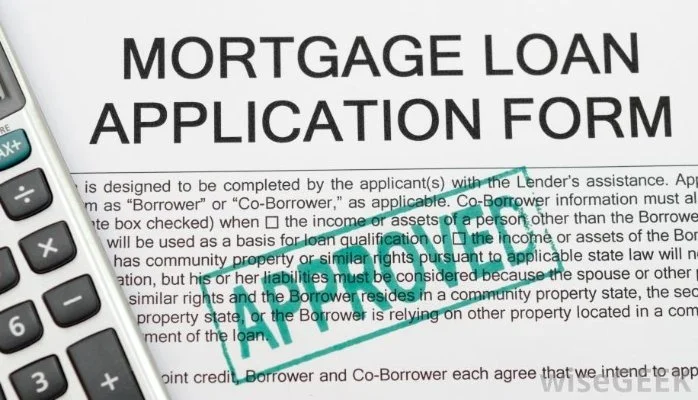How to Get a Pre-Qualification Letter For a Mortgage Loan
If you're planning to buy a home in Texas, one of the first steps in the mortgage process is obtaining a pre-qualification letter. This document signals to sellers that you're a serious buyer and gives you an estimate of how much home you can afford. Below is a step-by-step guide on how to get pre-qualified for a mortgage loan in Texas.
What is a Pre-Qualification Letter?
A pre-qualification letter is an initial assessment of your finances by a lender. It indicates the loan amount you might be eligible for based on your income, assets, credit score, and current debt. Keep in mind, this is not a guarantee of a loan, but it does provide insight into your buying power and helps streamline the home-buying process.
Why is a Pre-Qualification Letter Important in Texas?
Texas is a competitive real estate market, particularly in cities like Austin, Dallas, Houston, and San Antonio. Sellers often expect buyers to have a pre-qualification letter before showing serious interest. Having this letter can increase your chances of getting an offer accepted, especially in a competitive bidding situation.
Step-by-Step Guide to Getting Pre-Qualified
1. Gather Your Financial Information
Before approaching a lender, gather key financial documents to make the process smoother. You’ll typically need:
Your income information (pay stubs, tax returns, or W-2s)
Details about your assets (bank statements, retirement accounts)
Information on current debts (credit card balances, car loans, etc.)
Your credit score or credit report
Lenders use this information to estimate how much house you can afford and what kind of loan you may qualify for.
2. Choose a Lender
In Texas, there are many types of lenders to choose from, including:
Traditional banks: National banks like Wells Fargo or Chase, or local Texas banks.
Credit unions: They often offer lower fees and competitive rates.
Mortgage brokers: Brokers work with multiple lenders to find the best loan option for you.
Online lenders: Convenient and quick, especially if you want to get pre-qualified quickly.
Do your research and compare rates, fees, and customer reviews. You may also want to look for Texas-specific lenders who are familiar with the nuances of the state's real estate market. As your agent, I provide a list of local lenders to help with this part of the process.
3. Submit Your Information
Once you’ve chosen a lender, the next step is to fill out their pre-qualification application. Most lenders allow you to do this online, over the phone, or in person. You'll provide the financial details you gathered earlier, and the lender will evaluate your eligibility based on this data.
The process is quick and doesn’t require a hard credit pull, which means it won’t affect your credit score at this stage.
4. Receive Your Pre-Qualification Letter
If the lender approves your pre-qualification, you’ll receive a letter that outlines:
An estimated loan amount
The types of loans you may qualify for (FHA, VA, conventional, etc.)
General terms and conditions
This letter is valid for a limited time, typically 60-90 days, so make sure to use it within that window. If it expires before you find a home, you’ll need to update your financial information with the lender.
What's the Difference Between Pre-Qualification and Pre-Approval?
Many people confuse pre-qualification with pre-approval, but there are key differences:
Pre-Qualification: Based on the information you provide without a thorough credit and income verification.
Pre-Approval: A more in-depth process where the lender verifies your financial documents and credit score. This gives sellers even more confidence in your ability to secure a loan.
In Texas, it’s common to start with pre-qualification and move on to pre-approval once you’re serious about making an offer.
Getting pre-qualified is an essential first step in the Texas home-buying journey. It helps you understand your budget, shows sellers you’re a serious buyer, and gives you a competitive edge in a fast-moving market. By following the steps above, you’ll be well on your way to securing the home of your dreams in the Lone Star State!

